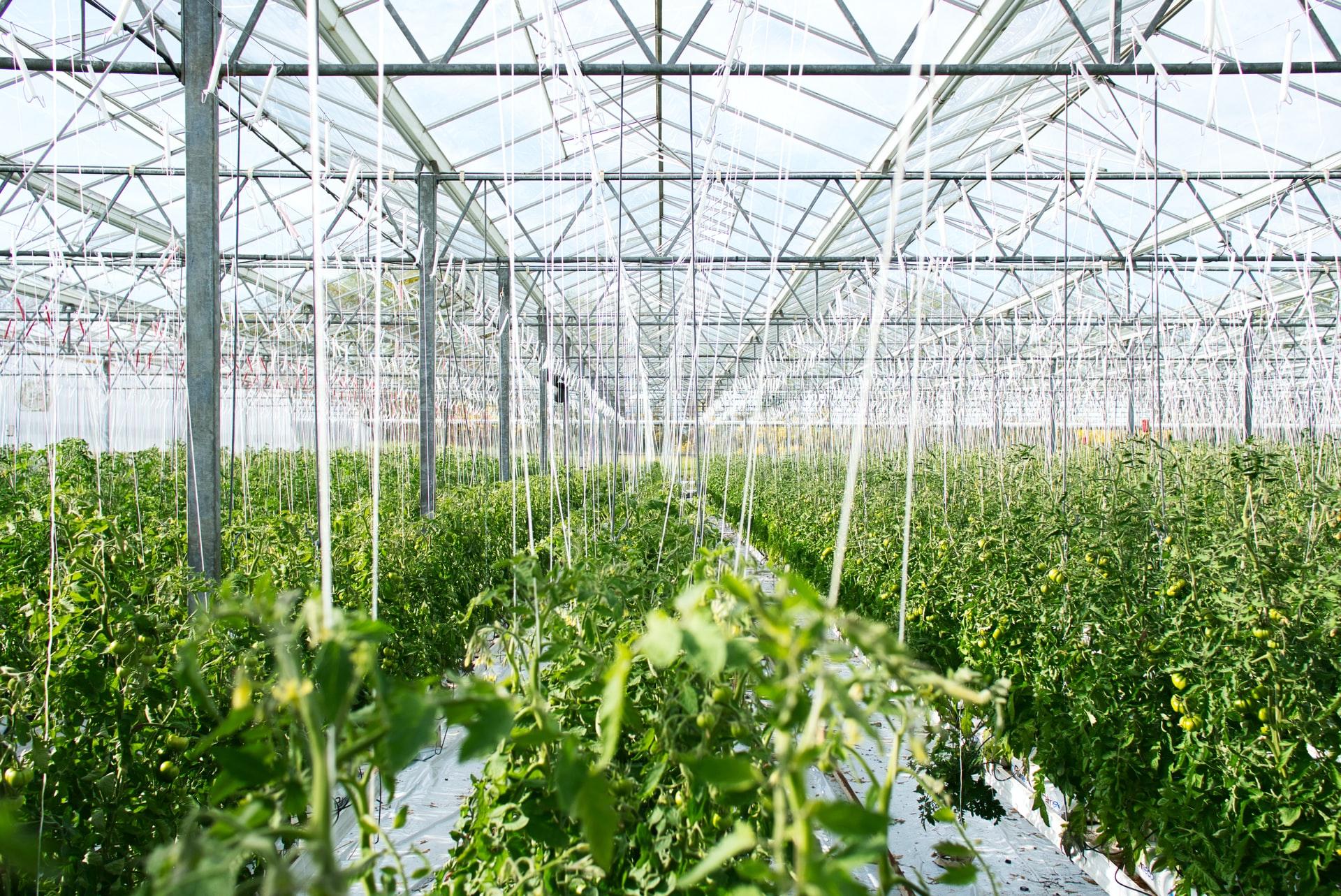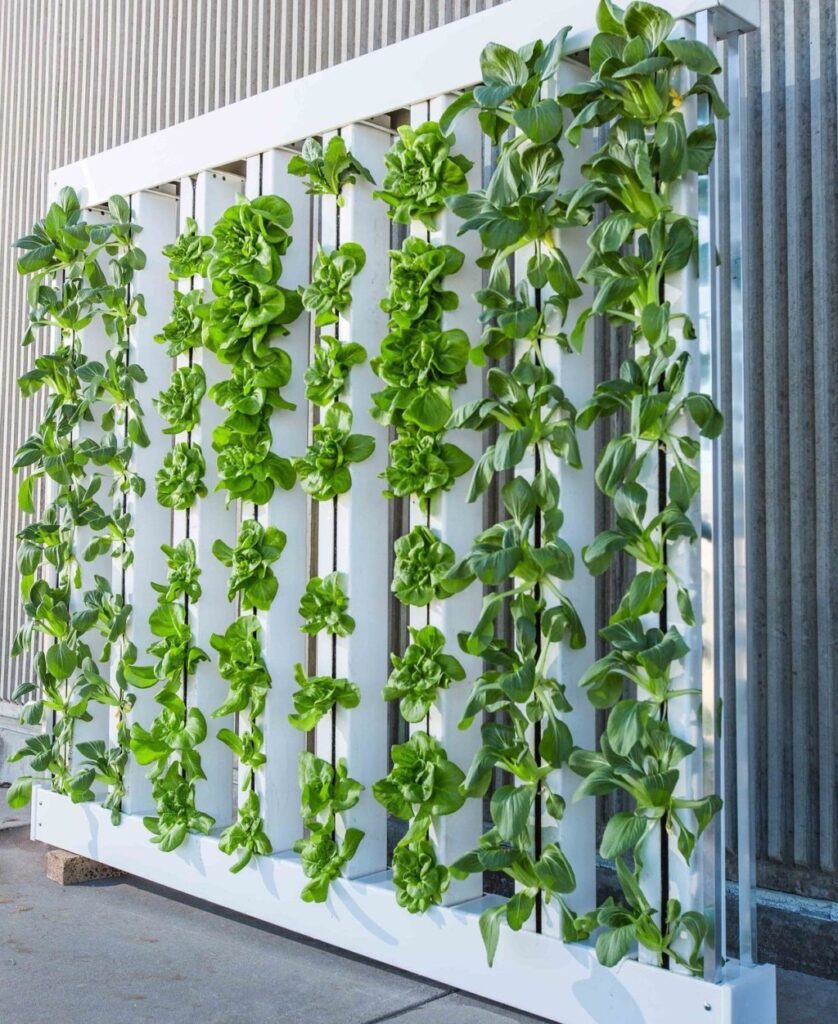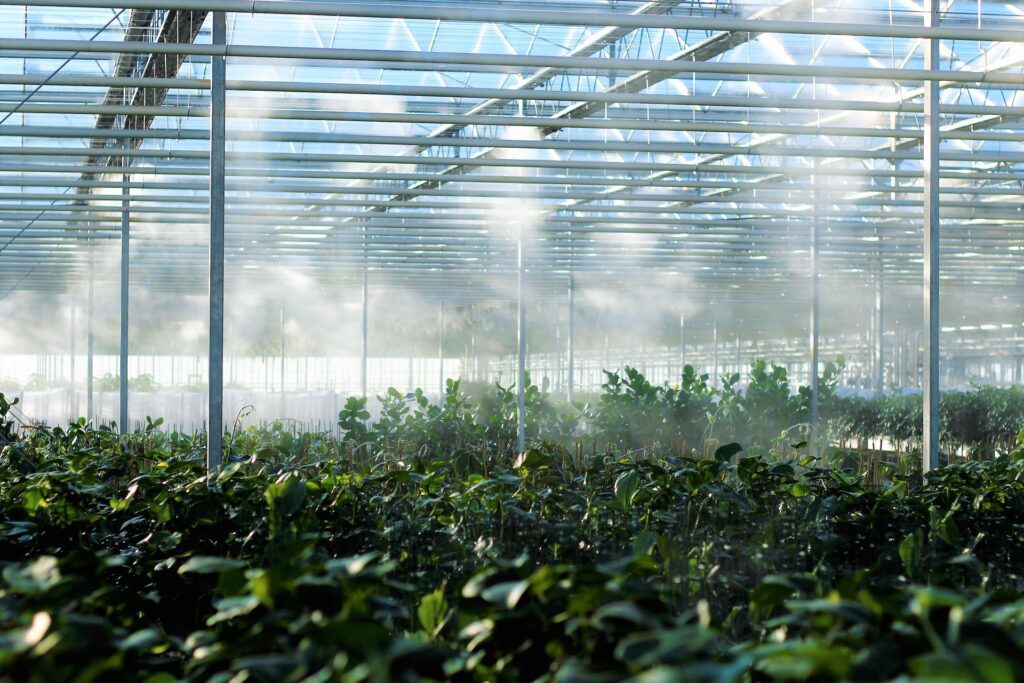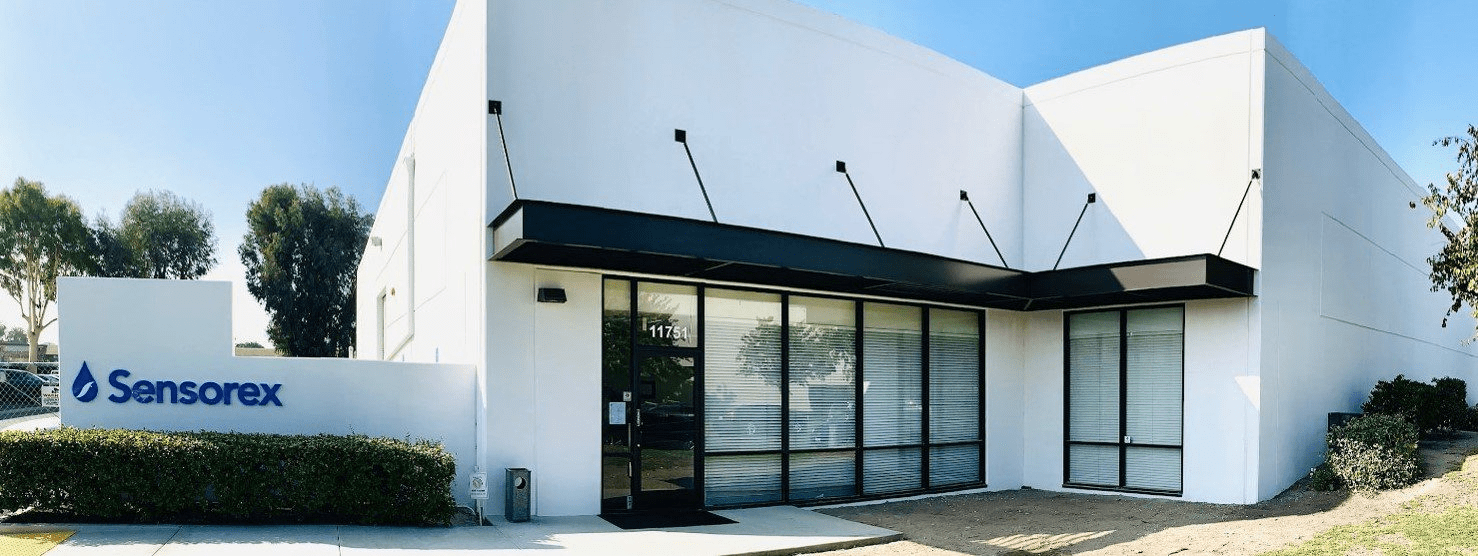01/23/2023 | Agriculture and Farming | 8 MINUTE READ
How Vertical Farms Are Automated Using Robotics

The latest advancements in robotics are starting to be adopted across a wide range of industries, which include everything from healthcare to agriculture. While farming benefits from this technology in several ways, the use of robotics with vertical farms may be the answer to the problems that have been introduced by the urbanization of rural communities.
While the expansive growth of cities offers many tangible benefits, it has been difficult to replace the amount of farming that existed in the rural communities beforehand. A relatively modern solution to this problem involves vertical farms. These are indoor environments where every facet of the climate is controlled. Vertical farmers are able to boost their crop output without losing a high percentage of the product to environment or pest damage.
These hydroponic systems have also proven to be more water-efficient, which allows them to be readily implemented in more arid climates. Since they take up much less space than traditional farms, vertical farms can be located in the center of any city, which considerably lowers transportation costs.
Currently, the main issues with vertical farming involve the high startup costs as well as the large amount of energy that needs to be used to run them. Additional advancements in energy efficiency in the future should further strengthen the industry.
One type of technology that may help with vertical farm efficiency involves robotics. The right combination of robotics tech may be able to monitor crop development status, detect diseases, and harvest vegetables and fruits. This guide takes a closer look at the tasks that are being automated with robotics in vertical farms.

What is Vertical Farming?
Vertical farming is a method of farming that allows crops to be planted on vertical surfaces as opposed to horizontal ones. When you use vertically stacked layers, you’ll be able to produce a large amount of food on a small amount of land. Because of how vertical farming is able to save space, these layers are typically placed in buildings like greenhouses, shipping containers, and skyscrapers. This farming technique is also ideal for apartment buildings.
While the main benefit of vertical farming is that you can save space, this technique also allows you to control the light, temperature, and humidity in the space, which means that you can provide the plants with optimal conditions. There’s no risk of crops dying because of a flood or drought.
What are the Benefits of Vertical Farming?
Along with all of the benefits mentioned previously, vertical farming allows you to use less water and less land. By being able to control everything, your yields should always be high.

Less Water, Less Land
When you switch over from traditional farming to vertical farming, you’ll produce crops using much less water, a smaller amount of land, and less carbon emissions. The seasons also don’t make as much of a difference. Crops are still able to be planted during the rainy season or dry season without issue.
Sensors, Robotics, and Machine Learning
The latest vertical farms are outfitted with micro-sensors that are designed to capture humidity, temperature, growth rates, and water flow from all growing trays in the vertical tower. This data is then correlated with the water, tray rotation, robotic seeding, and lighting spectrum. The data you obtain can be used to optimize your farm.
This technology uses a combination of robotics, cloud, machine learning, and the Internet of Things (IoT) to improve yields and boost crop nutrition. Vertical farmers believe that this form of agriculture can address the many issues brought about by global climate change.
How Vertical Farms Save Water and Feed More People
The technologies used in vertical farming provide you with the opportunity to reduce food waste and bolster food production, which makes it easier to feed the population with less water consumption.
When you implement robotics in vertical farming, it’s possible to improve efficiency by having these robots programmed with artificial intelligence or pre-programmed settings. As an industry, indoor farming is currently worth around $2.9 billion but may grow to a market value of $7.3 billion in 2025. Vertical farming should grow as agriculture technology improves.

How Robotics Are Accelerating Vertical Farming
The field of robotics is accelerating vertical farming by allowing for a more efficient use of your space. For instance, pavers are able to be programmed with various robotics technologies to move in preset paths around a farm, which means that humans wouldn’t need to move around the farm manually. With this technique, the harvesting process would be much simpler since humans wouldn’t need to pick crops by hand.
Let’s say that you’ve planted some lettuce around your farm. You could program a robotic arm to pick the leaves of these plants individually until all leaves have been removed from the stem. Using robots should also allow you to overlap crops in separate seasons, which means that certain plants would continue their production into the next season when other plants are resting.
5 Applications for Advanced Robotics in Vertical Farming
Advancements in robotic technology are providing solutions to the issues that vertical farmers are currently experiencing. These technologies are more beneficial than other forms of automation and can include:

- Robots don’t need to be fixed in a specific location, which means that they can move around the farm as required
- Numerous actions can be carried out by just one robot
- Robots have numerous axes of articulation, which ensures better control
- Robots can be programmed to adapt to their surrounding environment
The following applications represent the five areas in which robotics should make the largest difference.
1. Planting
Many vertical farms use an automated production line to perform planting, which involves plant beds being cycled through a standard assembly line. All empty slots are filled as they arrive. While effective, this solution isn’t perfect for all applications. In the event that a plant bed must be fixed in place, a robot would have the means to carry crops to the fixed plant bed for insertion.
Unlike fixed production lines, robots are able to fill beds of different sizes and ones that require different plant types. Movements can be quickly altered to match the latest application. When implemented correctly, robotics can make the act of planting crops much more efficient.
2. Inspecting
Once the crops have been planted, they must be routinely inspected to ensure that the growth and quality is maintained and going according to plan. The latest vision technology provides robots with the ability to perform these tasks for you.
Even though vertical farms aren’t susceptible to the same issues as traditional farms where crops are grown outdoors, they should still be monitored to make sure that the crops are healthy at all stages of growth. Robots that are outfitted with advanced visual inspection technology are able to chart plant growth and estimate when the plants will be ready to harvest.
3. Pruning
There are certain plant varieties that must be pruned during the growth cycle to avoid the plant becoming overgrown. Using traditional automation for this process is challenging since the growth patterns of plants are relatively unpredictable.
Performing this task by hand can take up too much of your time. In comparison, robots use the vision technology mentioned above to prune plants after they are inspected, which allows them to grow properly.
4. Spraying
A notable advantage of vertical farms is that controlling the environment makes it much easier to keep unwanted pests at bay, which means that pesticides are unnecessary. Robotic spraying technology isn’t solely restricted to using pesticides.
You can use this technology to deliver important nutrients, assist with pollination, and fertilize crops. If you program robots correctly, they can perform most of the tending work that needs to be done in a growth cycle.
5. Picking
Picking is a stage of vertical farming that must be handled with care. If ripened fruit is picked without a delicate touch, it could become damaged or spoiled. If you lose product at this stage of the process, you’ll be wasting the whole growth cycle. Make sure that you also don’t harvest crops too early or too late.
Along with the advancements in imaging technology, there have also been improvements to robotic grip control. You can tune and calibrate a robot’s grip to ensure that crops aren’t damaged while being harvested.
The solutions you use in your vertical farm depend on your goals. While robots are more flexible than other solutions, they aren’t ideal for each use case. However, the right robotics and artificial intelligence can solve most of the problems that vertical farmers encounter, which is why adoption of robotics should continue to increase in the years to come.
Posted by Dominic O'Donnell on January 23, 2023
Sensorex is a global leader in the design and manufacture of quality sensors for water quality and process applications. The company offers more than 2000 sensor packages for pH, ORP, conductivity, dissolved oxygen, free chlorine, chlorine dioxide, UV transmittance and other specialty measurements, as well as a full line of sensor accessories and transmitters. Its expert technical support engineers solve analytical sensor challenges with custom designs and off the shelf products.






